Phong Nha – Ke Bang National Park
Originally designated as a Phong Nha Nature Reserve in 1993, the Phong Nha – Ke Bang National Park was established in 2001 under Decision 189/QD-TTg by the Prime Minister. The park was highlighted in Viet Nam’s National Biodiversity Action Plan as one of the highest national priorities in forest conservation, featuring both a high density of the special lowland mammal fauna endemic to the Annamite Mountains (one of the world’s 200 most important eco-regions, with high biological diversity and endemism) and special limestone forest.

The significant geomorphic features of its karst landscape and cave system gave the UNESCO reason to add Phong Nha – Ke Bang National Park to the World Heritage List in 2003 under criterion viii, arguing that it is a site of very great importance for increasing our understanding of the geologic, geomorphic and geo-chronological history of the region. Phong Nha – Ke Bang National Park includes one of the world’s most impressive cave and grotto systems, with more than 100km of explored caves and grottos (as of 2012). Son Doong Cave was found the biggest cave in the world in 2010.
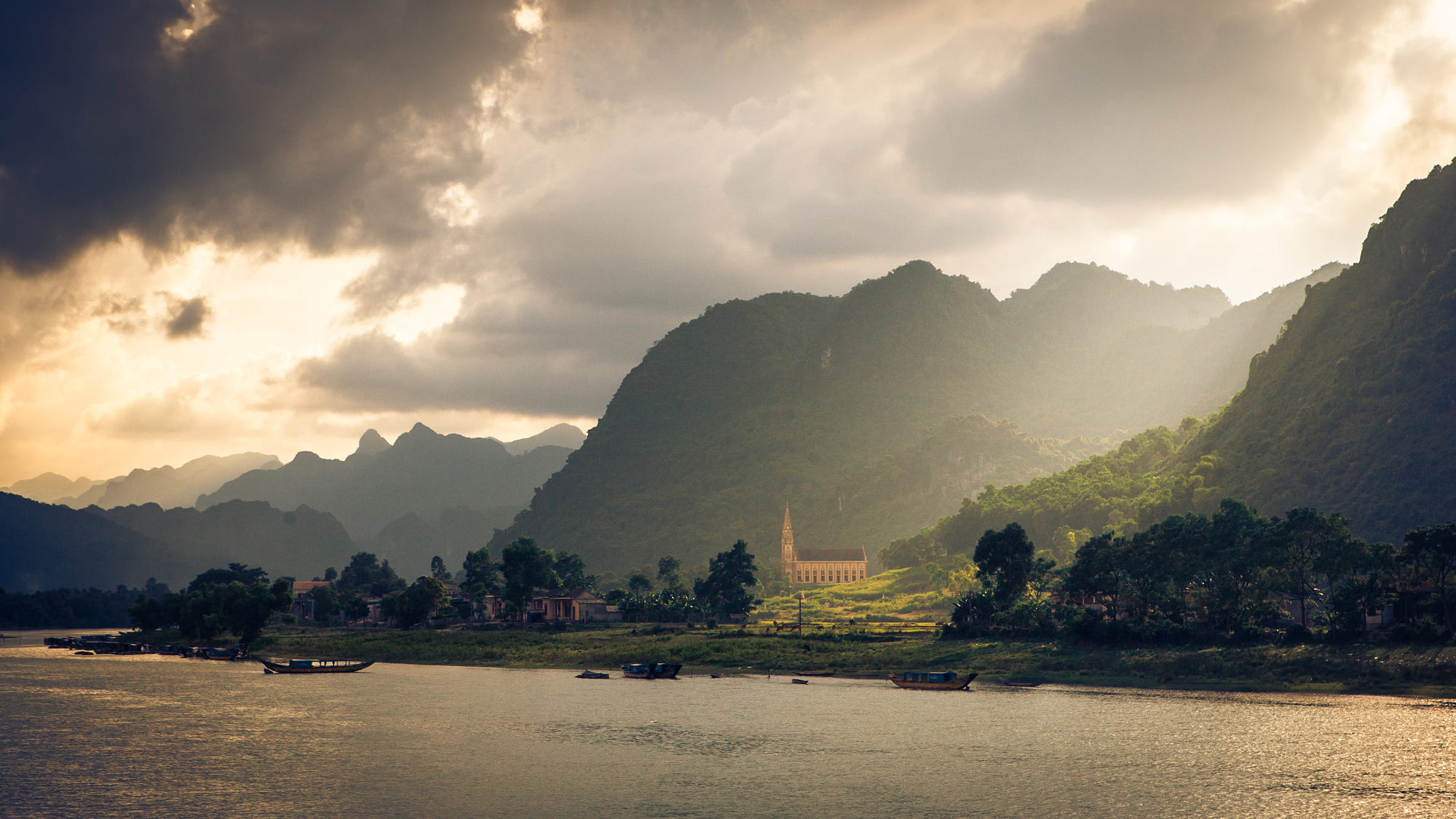
Phong Nha – Ke Bang National Park is one of the most spectacular wilderness sites in South East Asia and one of the 2 largest limestone regions in the world. Destined to become one of viet nam’s major tourist attractions, a vast network of underground caves and passages can be found, along with awesome jungle scenery and fascinating rock formations.

Phong Nha – Ke Bang National Park
This beautiful and little explored region contains the world’s longest river cave, Hang Ke Ry and the world’s largest cave, Hang Son Doong. Hang Son Doon was discovered in 2009, explored in 2011 by a British caving team and now open to a limited number of tourist from 2014. Visit one of the wonders of Phong Nha – Ke Bang National Park, Paradise Cave, with its spectacular and magical beauty, opened to the public in December 2011.
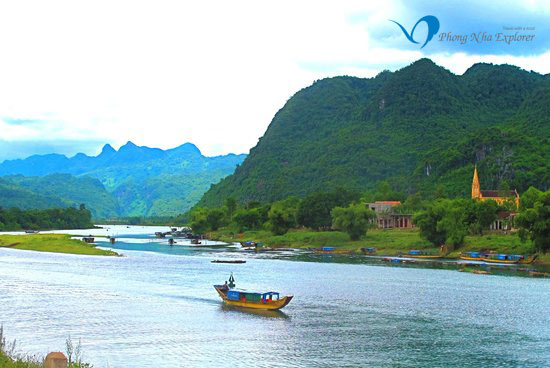
Phong Nha – Ke Bang National Park
According to the British Royal Cave Association, at 31.4 km this is the longest, dry cave in Asia. Still in the Park but nearer the village is the beautiful Phong Nha Cave, which ranks among the most popular tourist destinations in Vietnam.
In the past this cave was lit up like a psychedelic rock concert, but it has now been revamped to display the unique natural beauty of the cave in a way that does it justice.
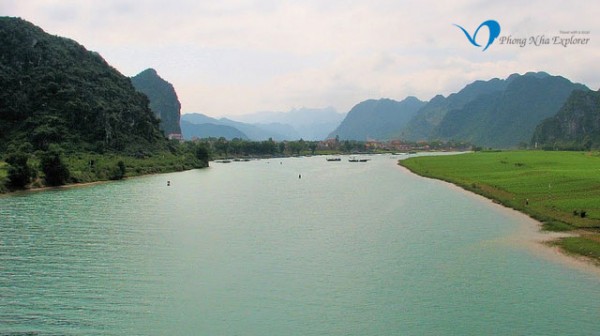
Phong Nha – Ke Bang National Park
The boat ride in to the cave and a short walk inside provides an entertaining day out and a fascinating way to see the cave and surrounding landscapes. This and many other of the caves in the area were used as hospitals, bomb shelters and ammunition depots during the American war, providing an interesting historical story to the cave as well.
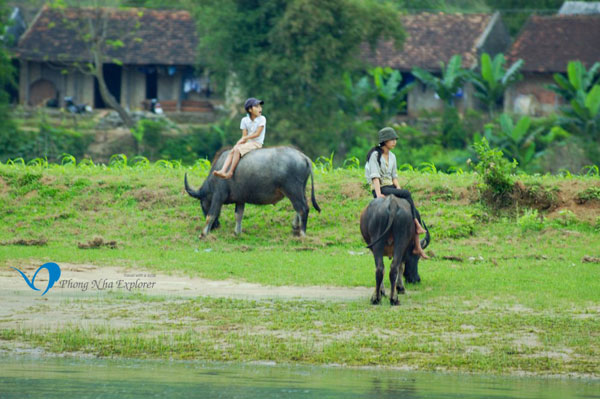
Phong Nha – Ke Bang National Park
The boat station is easily accessible by bicycle ride through rural villages and farmland. The Park’s 2000 square kilometres of sprawling vegetation is an ideal habitat for a wide variety of plants and animals unique to the region including the highest diversity of primates in South East Asia.
Biodiversity Phong Nha – Ke Bang
The PNKB NP region is considered the largest standard sample of limestone ecosystems in Viet Nam. With 10 major vegetation types, scientists recorded more than 2,851 species of vascular plants, including 419 that are endemic to Viet Nam, and 755 species of vertebrates in 2012. Some 69 plant species were considered globally threatened and 127 animals, including 39 mammals, are unfortunately already listed as threatened in the International Union for Conservation of Nature (IUCN) Red List and the Viet Nam Red Data Book.

PNKB is also home to a variety of primates such as monkeys, apes and langurs. The region features 43% of total primates in Viet Nam and has the largest population of Hatinh langurs in the world – one of the endemic species in Indochina. The park has also a wide variety of orchids, including those that were considered extinct before they were found here. Since its recognition as a NP in 2001, scientists – in cooperation with the Cologne Zoo in Germany and the PNKB NP – have found several new reptilian and amphibian species in the region.
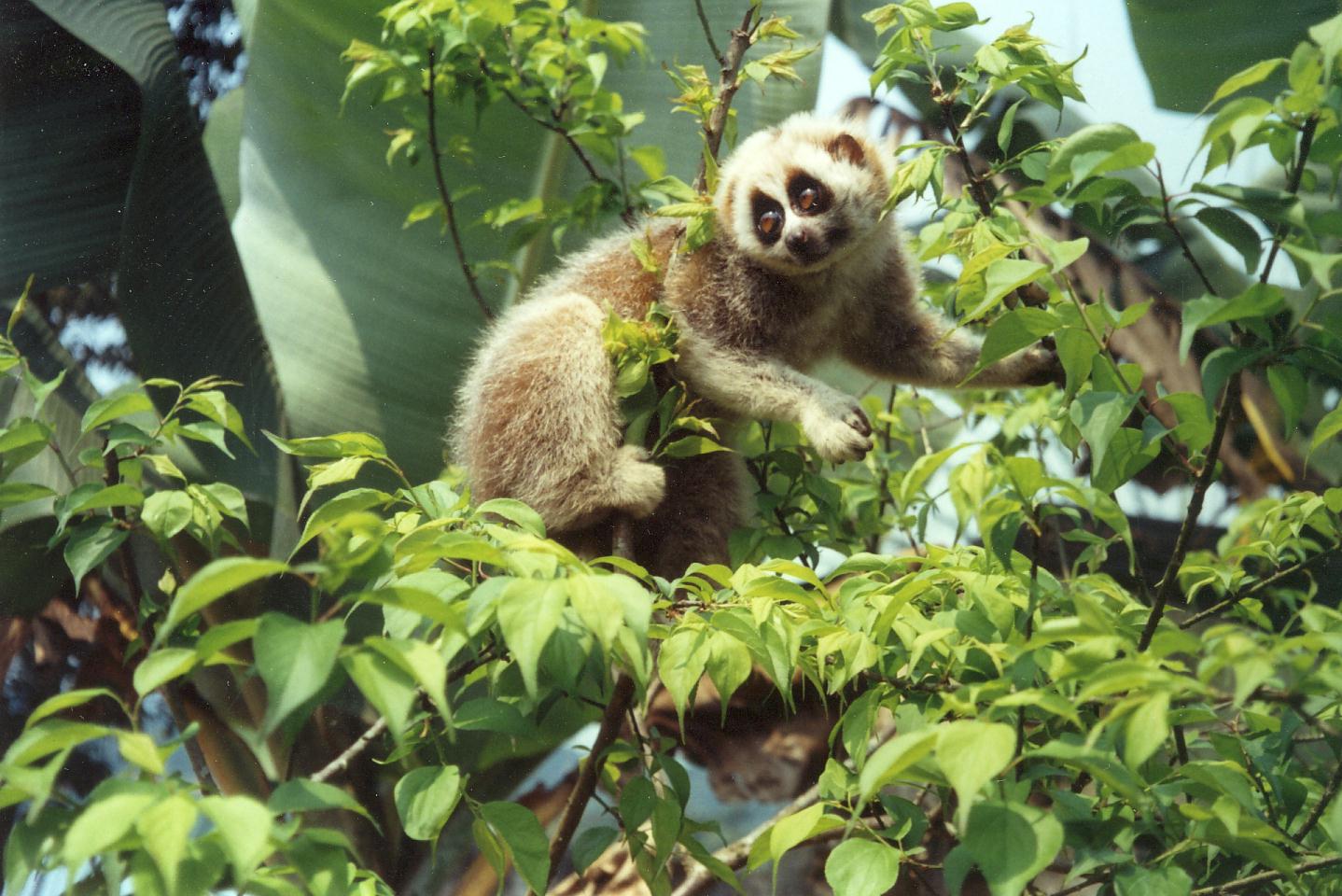
Vegetation and plant surveys describe the PNKB NP as a global center for plant diversity. Habitats such as primary mixed broad-leaved and coniferous forests on rocky limestone and primary forests on high mountains composed with silicate rocks are especially diverse and very rich in orchids including numerous endemic forms. PNKB might feature the highest diversity of orchids in Indochina. Ancient stands of a recently discovered endemic conifer, Calocedrus rupestris, represent an absolutely unique plant formation of global importance.
The area is also home to a very diverse fauna. The park has 10 species of primates recorded, making it the most diverse site for primates in Viet Nam. Furthermore, it is an important bird area, featuring large populations of several restricted range and threatened species.
The PNKB NP area, together with Hin Nam No NBCA in Lao PDR, constitutes the largest protected area of karst habitat in mainland Southeast Asia. The biodiversity of limestone ecosystems under wet tropical conditions, including vast cave systems, are highly diverse.
Karst And Caves Phong Nha – Ke Bang
The National Park is situated in one of the largest areas of contiguous limestone karst in Indochina which also includes Hin Nam No NBCA in Lao PDR (Central Indochinese limestone). The limestone massif is located in a transitional zone between the northern and central Annamite Mountains. The topography of the NP is characterised by precipitous karst ridges, which rise to elevations of around 400m. Scattered among these ridges are narrow valleys and pockets of igneous rock formations.
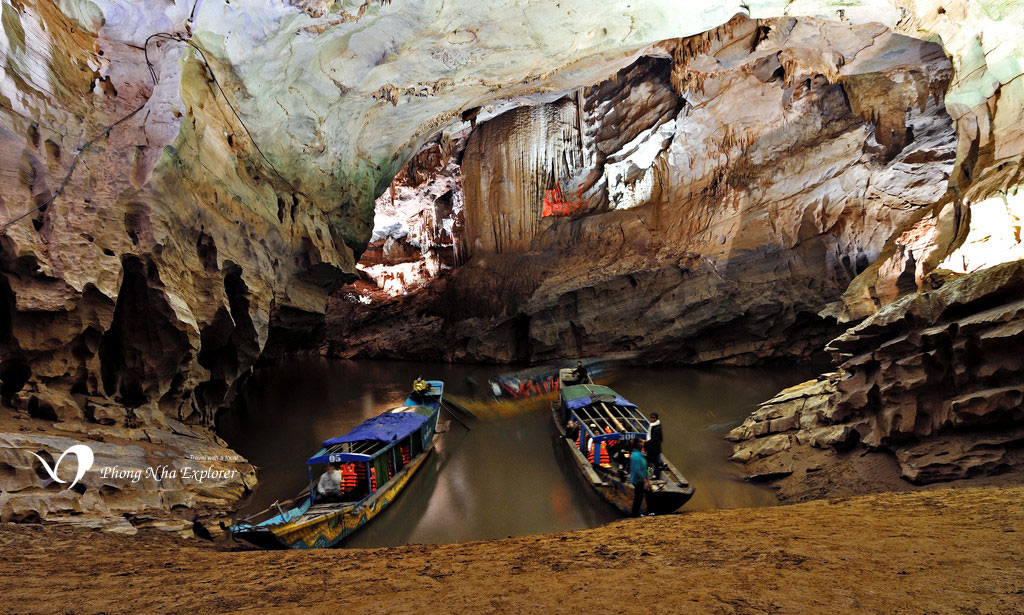
This complex karst system, which is difficult to access, covers more than half of the project area. Slopes remain moderate in the 25 – 30% range apart from a few narrow alluvial valleys where rivers stay above the land surface. In the karst area, most rivers have dropped below ground level, forming long riverine cave systems. Soils are mostly feralites with poor to medium fertility, except in narrow alluvial bands in valley bottoms and in the Bo Trach lowland plain.

The PNKB NP region consists of karst formations that have evolved since the Palaeozoic age some 400 million years ago. On the surface, there is a striking series of landscapes, ranging from deeply dissected ranges and plateaux to an immense ‘polje’ – a large elliptical depression typical for karst regions. Many of these mountains are more than 1,000m high and underlying holes are sometimes several hundred meters deep. The limestone karst contains 17 major explored caves and some 300 smaller caves and grottoes, many of them with stalactites and stalagmites. The variety of forms is immense: dry caves, terraced caves, suspended caves, dendritic caves, intersecting caves, giant speleothems and unusual forms such as sub-aerial stromatolites.
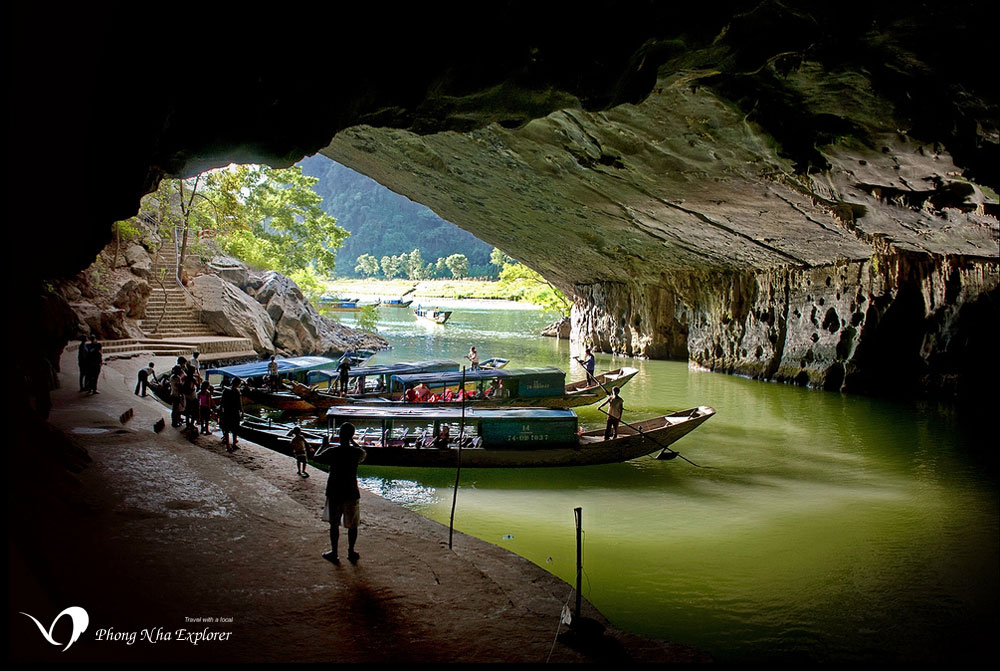
In 2009, the potentially largest cave in the world, Son Doong, was discovered by the local farmer Ho Khanh, measuring around 7km in length, 150m in height (250m at some points) and 200m in width over most of its length.
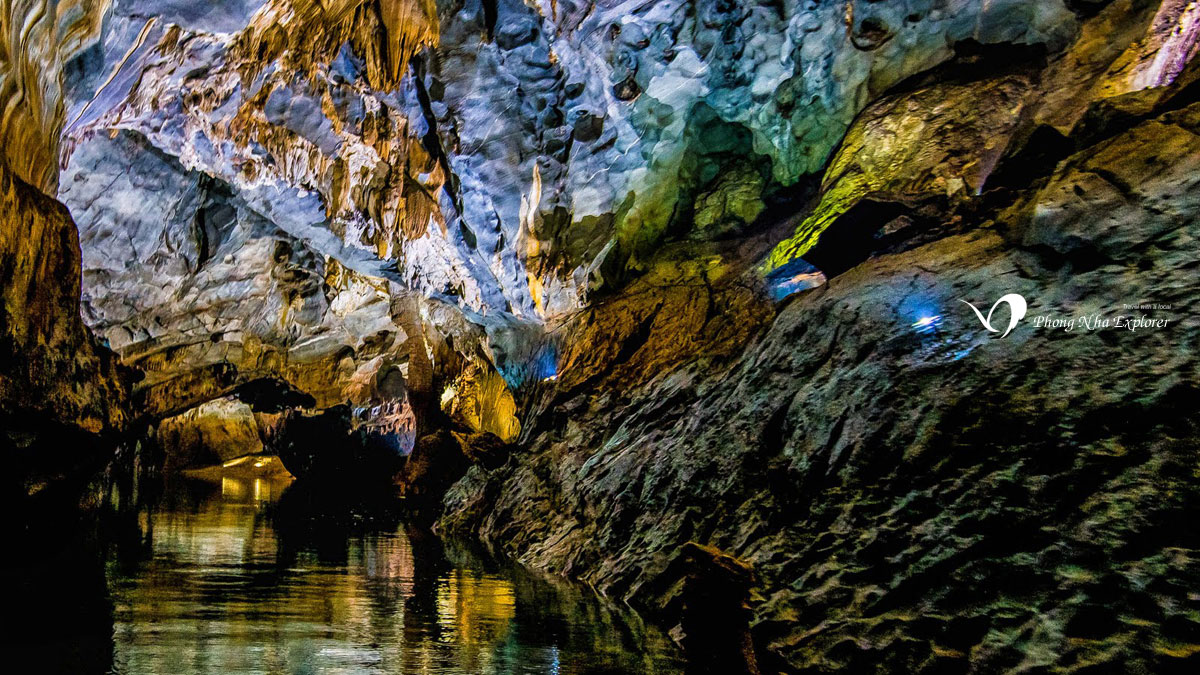
The caves play an important role for the cultural heritage of the region. The oldest evidence of human occupation of the area is the Neolithic axe heads and similar artifacts found in some of the caves. There are some relics of the Ham Nghi King, the final King of the Nguyen Dynasty before the French colonial period, found on Maria Mountain in the North of the park. The Phong Nha Cave has long been a site of religious and touristic importance, with an old Cham Temple discovered in the cave which was a site for worship in the 9th and 10th century.
Wild and exciting… but at the same time, the experience of this captivating scenic beauty leaves you with a sense of tranquility.








Share article Phong Nha – Ke Bang National Park